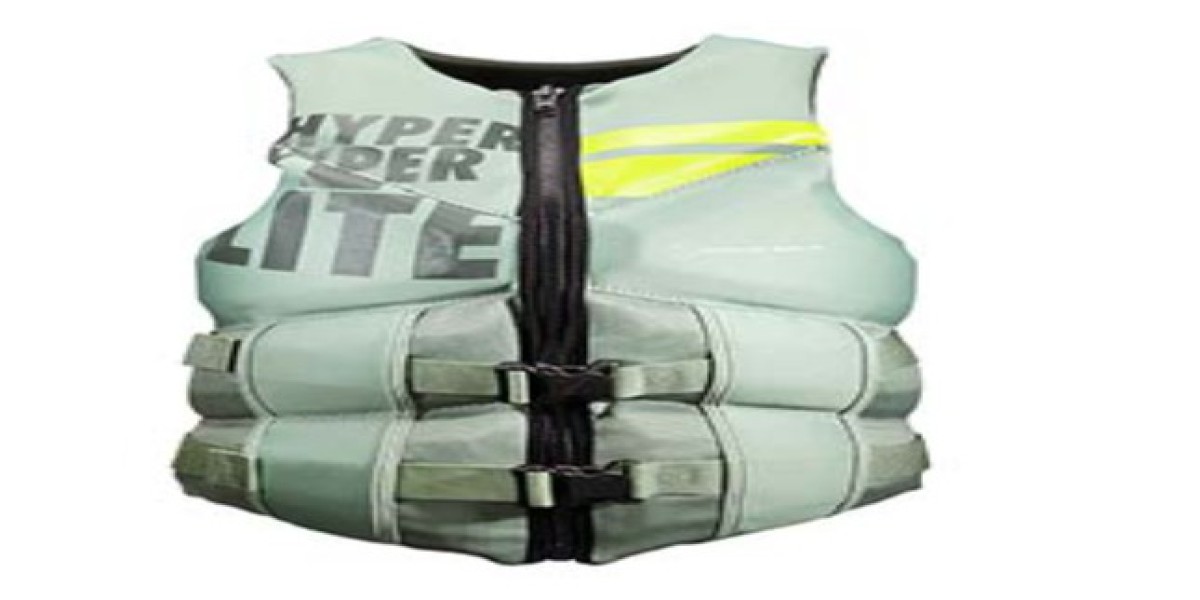When it comes to water safety, life jackets are an essential piece of equipment that can save lives in emergency situations. Whether you are boating, kayaking, or participating in any water sports, wearing a life jacket is crucial for your safety. In this comprehensive guide, we will cover everything you need to know about life jackets and sea safety.
Understanding Life Jacket Basics
Life jackets, commonly referred to as personal flotation devices (PFDs), serve a vital role in keeping individuals afloat during water-related emergencies. They come in a variety of types - Type I, Type II, Type III, and Type IV, each specifically tailored for different aquatic environments and activities. Understanding the distinctions among these types is key to selecting the appropriate life jacket for your needs. For instance, Type I PFDs offer the most buoyancy and are ideal for open, rough, or remote water where rescue may be delayed. In contrast, Type III life jackets are more suitable for calm, inland water activities where fast rescue is likely. Additionally, Type IV PFDs are throwing able devices meant to provide support until rescue can be performed. Selecting the correct type of life jacket goes beyond just activity type; it also involves recognizing the specific conditions you will be facing in the water.
How to Choose the Right Life Jacket for You
Selecting the perfect life jacket involves more than just understanding the different types available. Start by considering the specific water activities you'll engage in, as this will significantly influence the kind of life jacket that's most appropriate for you. Your physical attributes, such as body weight and chest size, play a crucial role in determining the correct size and buoyancy level needed to keep you safe and comfortable. It's imperative to try on several models to assess their fit. A properly fitting life jacket should feel snug, allowing you to move freely without chafing or discomfort. Pay special attention to the adjustability of straps and closures, ensuring they can be easily modified for a custom fit. Keep in mind, a life jacket that's too loose could fail to keep your head above water, while one that's too tight might restrict breathing or movement. Engage in trial fittings and adjustments to find the life jacket that offers both security and comfort, tailoring it to your body's needs.
The Proper Way to Wear and Adjust Your Life Jacket
To wear your life jacket correctly, start by loosening all straps. Slip the jacket over your head and then tighten each strap from bottom to top for a snug fit that doesn't restrict your breathing or movement. The jacket should sit just above your waist; it shouldn't rise up around your neck or face. Fasten all buckles securely, and then give the jacket a gentle tug upward to ensure it doesn't slip over your head. Adjust the straps so that there's no excess material, but also ensure you have full range of motion in your arms and shoulders. Regularly practice putting on and adjusting your life jacket in a calm setting, so you'll be adept at doing so even under stress. This preparation is key to maximizing your safety and comfort on the water.
Life Jacket Maintenance and Care Tips
Maintaining your life jacket in peak condition is crucial for its effectiveness in keeping you safe on the water. After each use, gently rinse off the life jacket with clean water to eliminate any residue of salt, chlorine, or dirt, which could degrade its materials over time. Allow it to air dry completely in a well-ventilated area out of direct sunlight, as UV rays can weaken the fabric and compromise the life jacket's structural integrity. Periodically check for any rips, tears, or signs of wear that could affect its performance. Examine the straps and buckles for any damage or excessive wear, ensuring they remain secure and functional. Should any part of the life jacket show signs of significant wear or damage, consider replacing it to maintain your safety standards. Additionally, avoid storing heavy objects on top of the life jacket, as this could compress the flotation material and reduce its buoyancy. By adhering to these care instructions, you can extend the lifespan of your life jacket and ensure it remains reliable for future water adventures.
Boating and Water Safety Essentials
For an enhanced experience and assurance of safety while on the water, there are critical practices to adopt beyond wearing a life jacket. Ensure you communicate your travel itinerary to a trustworthy person and have a means to reach out in emergencies, such as a waterproof communication device. Vigilance regarding weather forecasts and aquatic currents is paramount to navigate safely. Acquiring swimming and buoyancy skills not only boosts confidence but is vital for survival in unexpected situations. Familiarizing you with the operational aspects of your vessel and having emergency supplies, including first aid, flares, and extra water, can significantly mitigate risks. By integrating these practices, you contribute to a culture of safety and responsibility on the water.
Understanding the Law and Life Jackets
Navigating the legal waters surrounding the use of life jackets is essential for every water enthusiast. Regulations vary by state and even by local jurisdictions, but common requirements often include mandatory life jacket use for children and for individuals engaging in certain activities such as jet skiing or whitewater rafting. Some areas may also have specific rules about the types of life jackets that must be worn, reflecting the different safety standards for various water conditions. Checking the most current regulations before heading out is crucial, as laws are updated periodically. Additionally, boats are typically required to have a certain number of life jackets on board, correlating with the number of passengers. Being unaware of these regulations does not exempt one from penalties, which can range from fines to more severe consequences, especially in the event of an accident. Educating yourself about the local and state laws ensures not only compliance but also the safety and well-being of all participants in water activities.



